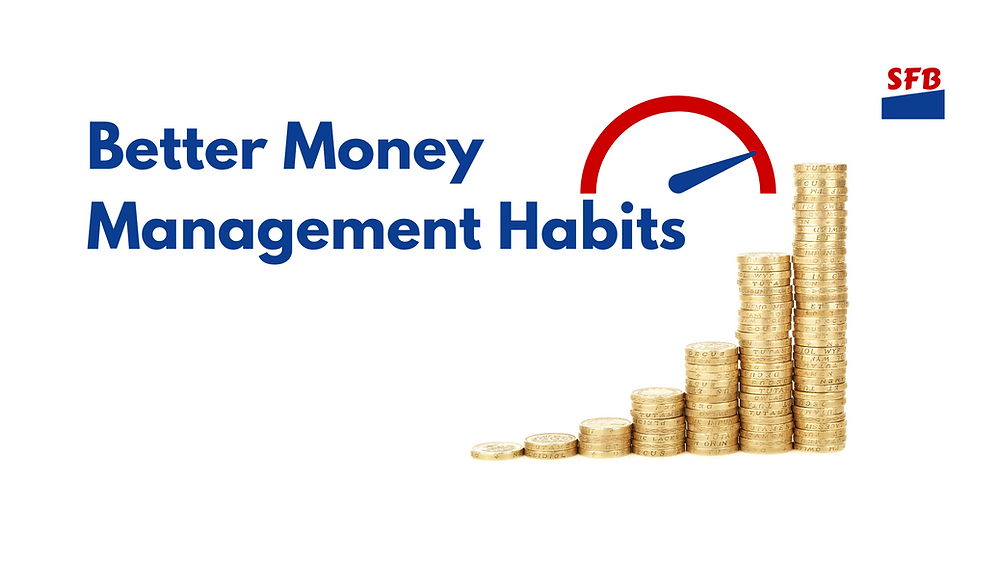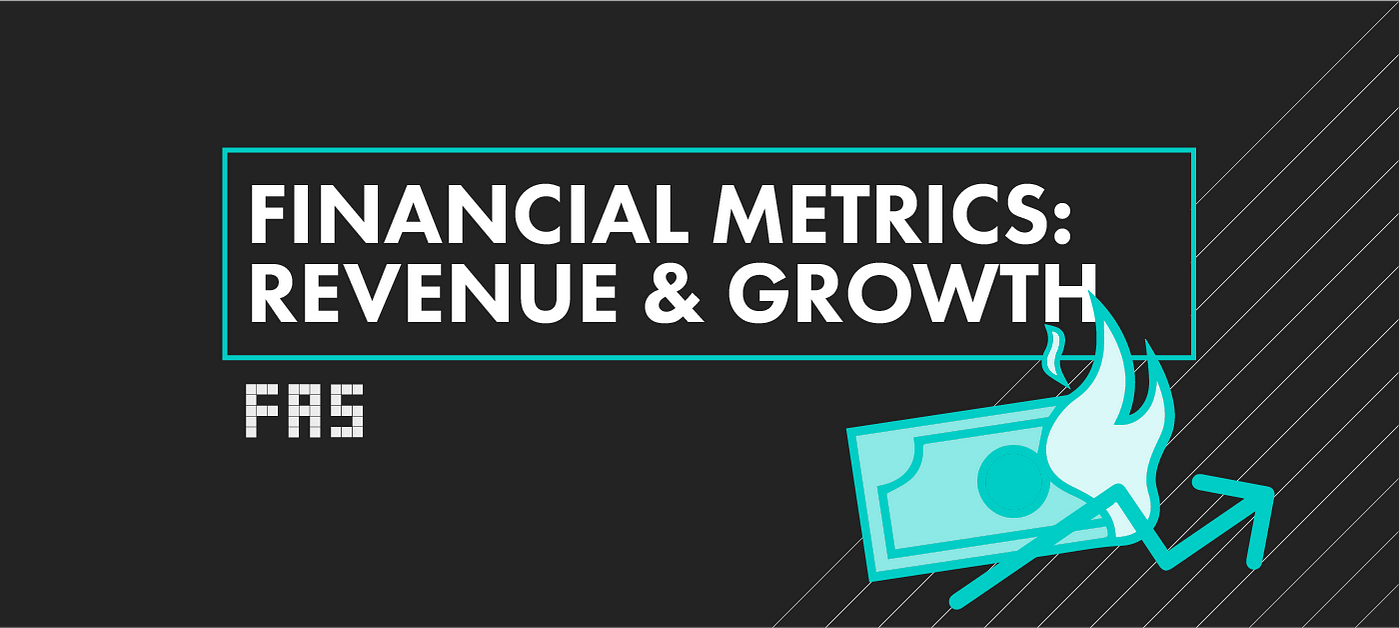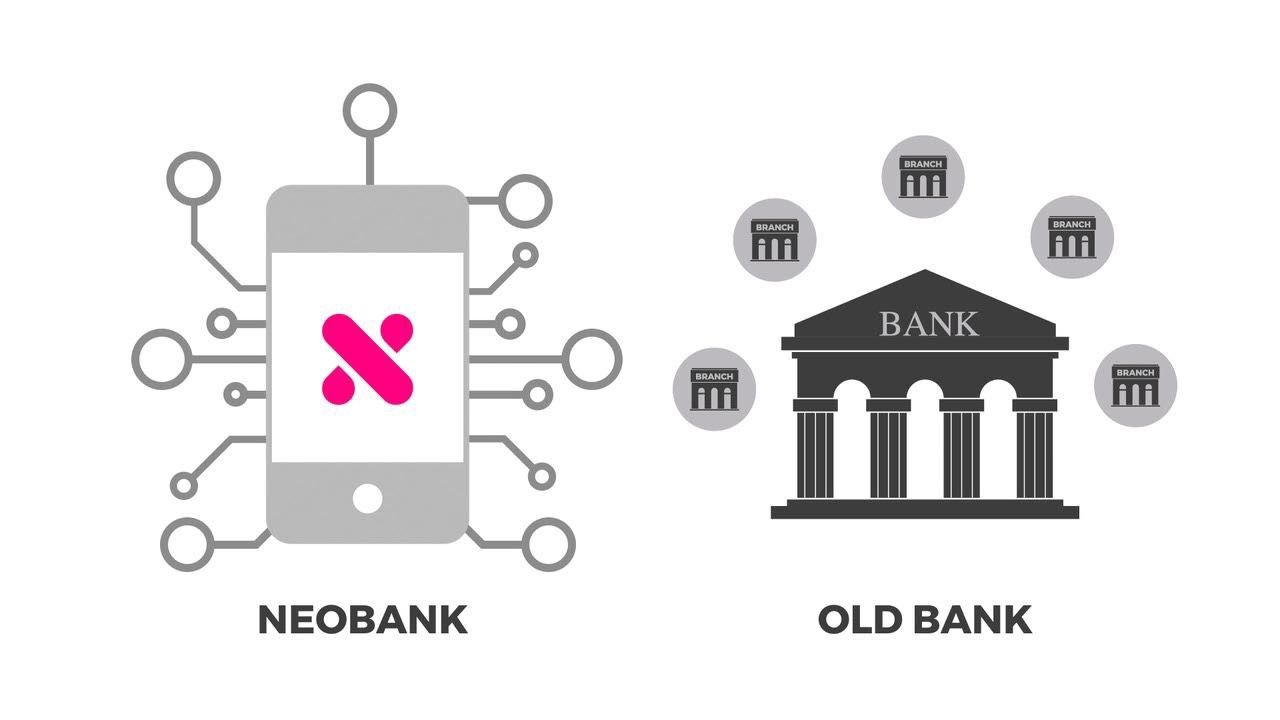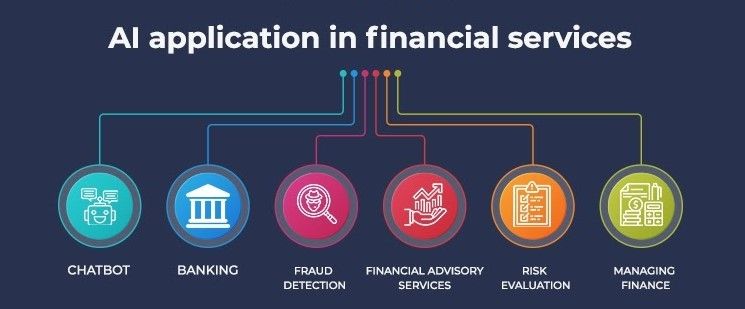How Has Peer-to-Peer Lending Evolved Over Time?

Peer-to-peer lending, also known as P2P lending, has revolutionized the traditional lending landscape by connecting borrowers directly with lenders through online platforms. This innovative approach to borrowing and investing has experienced significant evolution over time, transforming into a multi-billion-dollar industry. In examining how peer-to-peer lending has evolved, it is crucial to explore its origins, key milestones along the way, and the current state of the industry.
Origins of Peer-to-Peer Lending
The concept of peer-to-peer lending can be traced back to early human history when individuals borrowed money from family members or friends. However, it was not until the late 20th century and early 21st century with the advent of digital technology and internet connectivity that peer-to-peer lending truly took off.
One could argue that Zopa, founded in 2005 in the United Kingdom, marked the beginning of modern-day P2P lending. Zopa pioneered a platform where individual investors could lend money directly to borrowers seeking personal loans. This groundbreaking idea disrupted traditional banking models by eliminating intermediaries and enabling people to borrow from their peers without involving banks.
Key Milestones in Peer-to-Peer Lending's Evolution
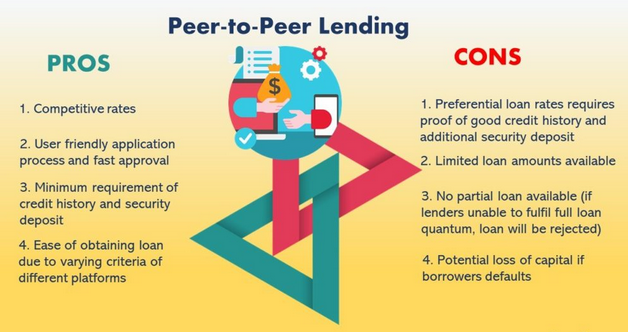
Since its inception, peer-to-peer lending has undergone several notable transformations:
1. Expansion beyond Personal Loans
After Zopa's success with personal loans came Prosper (founded in 2006) and LendingClub (founded in 2007), both operating on a similar principle but focusing primarily on consumer loans rather than mortgages or business financing. These platforms attracted investors seeking higher returns than those offered by traditional financial institutions.
2. Regulatory Challenges
As P2P lending gained traction worldwide, regulatory challenges emerged due to concerns about investor protection and systemic risks posed by these new forms of finance. Governments across various jurisdictions started implementing regulations specific to P2P lending, balancing the need for consumer safeguards while fostering innovation and economic growth.
3. Venture Capital Investments
Peer-to-peer lending platforms began attracting significant attention from venture capitalists, who recognized the potential disruption they could bring to traditional banking systems. Such investments injected capital into these platforms, enabling them to scale operations, improve technology infrastructure, and enhance user experiences.
4. Diversification of Services
Over time, P2P lending platforms expanded their offerings beyond personal loans to include various other financial products such as small business loans, student loans, real estate financing, and invoice financing. This diversification broadened the scope of peer-to-peer lending and made it a viable alternative for borrowers with different needs.
5. Institutional Participation
As peer-to-peer lending gained popularity and established its credibility within the financial industry's landscape, institutional investors started participating in these platforms alongside individual lenders. This trend introduced additional capital inflows into P2P lending markets while also increasing regulatory scrutiny due to larger systemic implications.
The Current State of Peer-to-Peer Lending
Today, peer-to-peer lending has become a well-established sector within fintech ecosystems worldwide. It continues to evolve rapidly by embracing technological advancements such as blockchain technology for smart contract execution or incorporating artificial intelligence algorithms for credit risk assessment.
Furthermore, global expansion has been instrumental in propelling P2P lending forward. Platforms have emerged across continents like Europe (e.g., Funding Circle), Asia (e.g., WeLab), Africa (e.g., Branch), and Latin America (e.g., Nexoos). These regional players cater to specific market needs while adhering to local regulations.
However successful peer-to-peer lending may be today; challenges remain on multiple fronts—from maintaining borrower confidence through effective risk management practices to adapting swiftly amidst changing regulatory environments worldwide.
Despite these challenges though - one thing is clear: Peer-to-peer lending has come a long way since its humble beginnings. It has disrupted traditional lending models, empowered borrowers and investors alike, and opened up new avenues for economic growth.
As the industry continues to mature and adapt to changing dynamics, peer-to-peer lending is poised to remain a significant force within the financial services sector. With ongoing innovation and responsible practices, P2P lending holds tremendous potential in shaping the future of finance by fostering greater inclusivity, efficiency, and transparency for all stakeholders involved.

Also Read...
